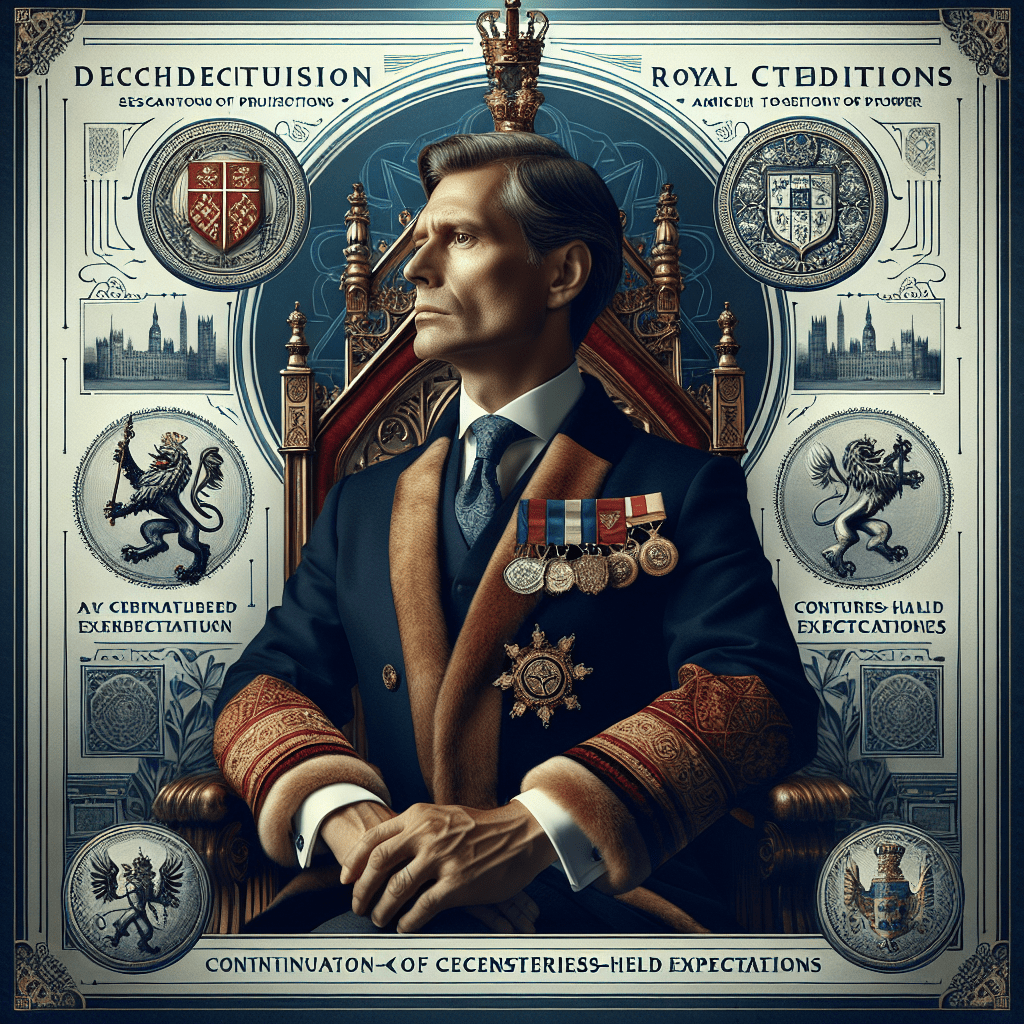The Reign of King Charles III: A New Era for the British Monarchy
The ascent of King Charles III to the British throne marks a new chapter in the longstanding history of the British monarchy. As the eldest son of Queen Elizabeth II, Charles inherited the crown after the queen’s remarkable seven-decade-long reign, bringing with him years of preparation and unique visions for the royal institution. In this extensive article, we explore various aspects of his life before ascension, his approach as the new sovereign, and the implications of his reign for the United Kingdom and the Commonwealth.
Early Life and Preparation for Kingship
Born on November 14, 1948, Charles Philip Arthur George stepped into a life destined for sovereignty. His upbringing was steeped in royal tradition within the confines of Buckingham Palace, the Royal Navy, and various educational institutions including Gordonstoun in Scotland and Trinity College, Cambridge. Early on in his life, Charles embraced public service and environmental advocacy, presaging his eventual role as a monarch concerned with global issues and philanthropy.
Prince of Wales: Environmentalism and Charitable Involvement
Before taking the throne, Charles served as Prince of Wales, a title traditionally granted to the heir apparent. In this position, he cultivated a distinct profile by engaging with various social causes. Notably, he championed environmental issues long before they gained widespread public attention. His commitment to sustainable living came to fruition in endeavors such as the creation of The Prince’s Trust in 1976—a charitable organization aimed at supporting vulnerable young people—and his vocal support for organic farming and measures against climate change.
Transition to Kingship: Continuity and Change
Upon the death of Queen Elizabeth II, Charles smoothly transitioned into his role as King. The United Kingdom entered into a period of mourning and remembrance for the late queen but also anticipated how King Charles III would shape his monarchy. Given Charles’ reputation for advocating on particular issues, a question arose about how his reign would balance traditional royal duties with more activist inclariances.
Modernizing Monarchy: Adapting to a Contemporary World
King Charles III ascended the throne during a time when modern sensibilities and issues challenge centuries-old traditions. How he adapts these traditions to contemporary values is seen crucial to maintaining relevance and positive public opinion. Early indications suggest that Charles intends to retain much of the symbolic ceremony that embodies continuity and stability but may actualize more streamlined roles within the Royal Family to reflect modern governance and societal ethos.
Domestic Duties and Commonwealth Relations
As king, Charles III inherits not just domestic responsibilities across his numerous residences in the United Kingdom but also assumes roles in diplomatically delicate realms involving the Commonwealth—many experts anticipate nuanced adjustments in relationships with Commonwealth nations that have expressed varying degrees of allegiance versus autonomy from the Crown. Furthermore, domestic reaction will be influenced by heightened scrutiny over parliamentary interactions with regards to topics such as national ceremonies, honors systems, and civil societal duties.
Personal Legacy and the Future of the Crown
The future legacy of King Charles will likely be tied to his ability to maintain royal prestige in an ever-evolving global landscape while addressing contemporary socio-political challenges both at home and on international platforms. What remains unmistakable is that his reign—based upon precedents set as Prince of Wales—signals a distinctive willingness to address issues that directly affect people’s lives while preserving historical grandeur synonymous with British regality.
Notes
*Image description:* A dignified portrait photograph of King Charles III in regal attire seated upon a throne symbolizing his accession to monarchy; elements in the image resonate with royal tradition such as crests and luxurious décor reflecting a continuation of centuries-held ceremonies amidst modern expectations.
